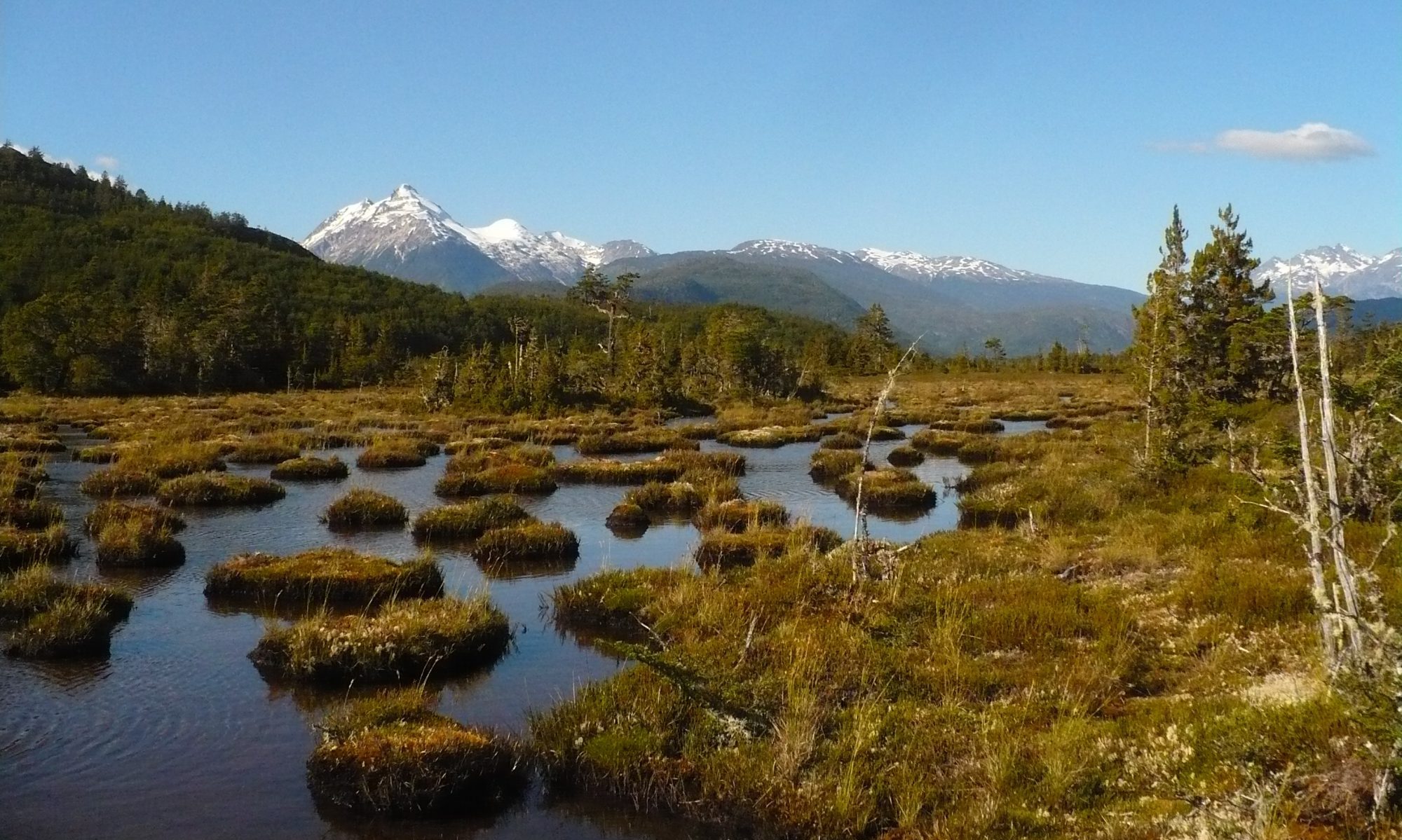To understand mires, we need to consider some definitions. One of them is “mire” and refers to a pristine peatland ecosystem, where peat is currently forming, while “peatland” refers to every ecosystem containing “peat“. Peat is formed by the accumulation of dead vegetation residues into the wet soil surface, which remains partially decomposed due to oxygen deficit, forming a layer (Succow und Jeschke 1986; Blanco y De la Balze, 2004). Last but not least, mires are a type of “wetland“ dominated by long-lasting waterlogging and water surplus, as well as by vegetation that is able to grow under such conditions.
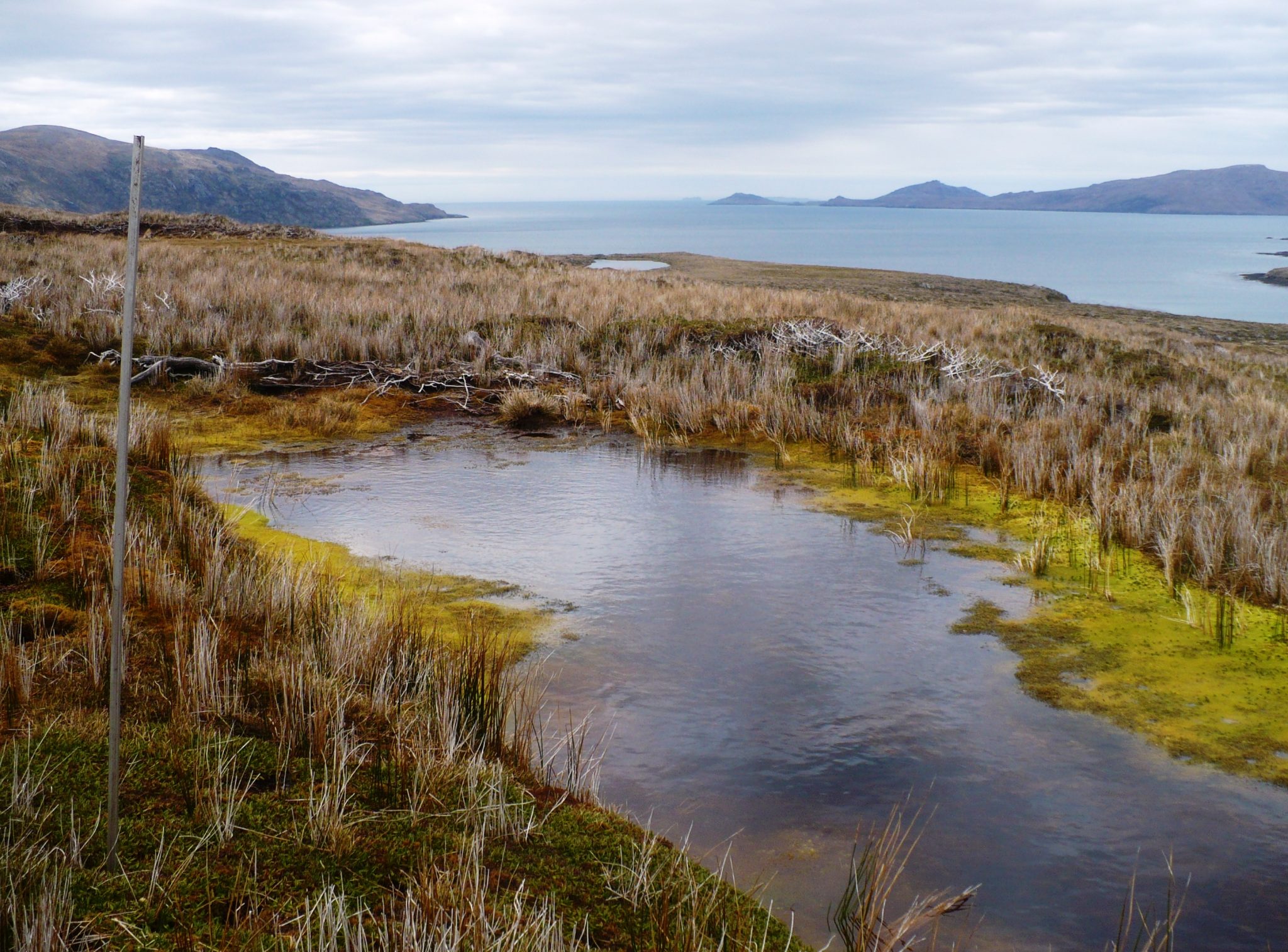
Mires proliferated principally in the high latitudes of the Northern and Southern hemispheres after the last glacier retreat, approximately 15.000 to 12.000 yr BP.
On the one hand, mires have an archaeological importance, because the peat conserves organic rests in semidecomposed conditions, being these ecosystems among the most important paleo-biological archives of the history of the postglacial landscape.
On the other hand, the accumulation of peat is a very slowly process and the base for the formation of mire ecosystems. Containing a water surplus not large enough to produce a permanent water body (e.g. a lake), but enough to maintain soils in sustained humid conditions, mires are a class of wetland, situated between terrestrial and aquatic ecosystems. Their water retention and filtration capacity is crucial for the regulation of nutrient discharges within landscape basins, for the purification of water and for the prevention of inundations. Mires are among the most effective water reservoirs on the planet, retaining >90% of their weigh in water.
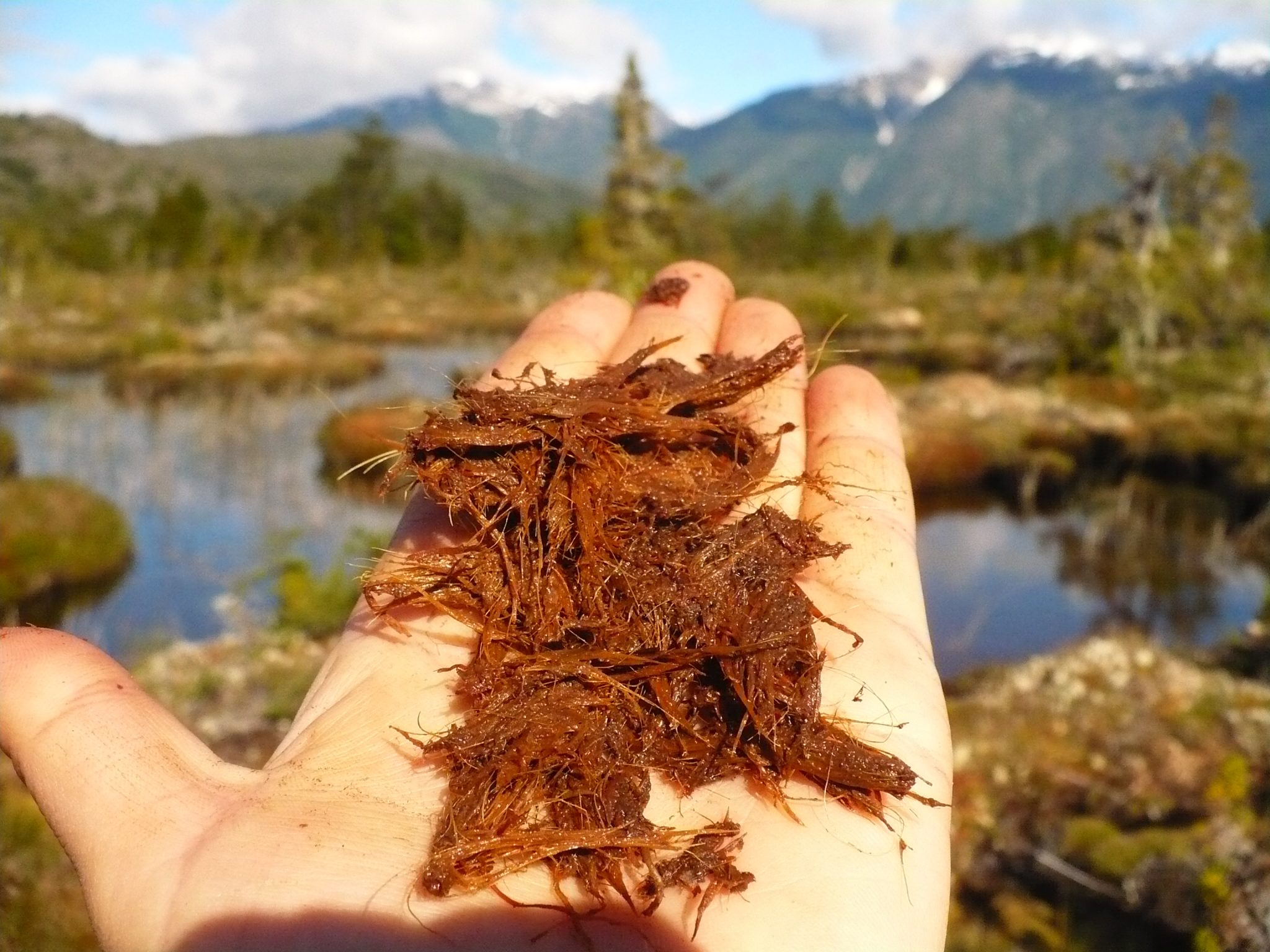
Because their soils are formed by organic matter accumulation, these ecosystems are the planetary most effectives reservoirs of organic carbon -Corg-, covering only 3% of the earth surface (4.16 x 106 km2) but storing 15% to 30% (40-70 x 106 t y1) of the total organic carbon -Corg- present on the upper 30 cm of the lithosphere (Joosten and Clarke, 2002). Thus, depending on their hydrological and ecological balance, mires will prevent or contribute for the climate warming. The destruction or degradation of mires, by anthropogenic and natural causes, may turn these ecosystems into emitters of greenhouse gases, not only of carbon dioxide (CO2, the gasified form of Corg), but of methane (CH4), which has an effect on global warming that is 23 times higher than carbon dioxide (IPCC-International Panel on Climate Change 2007).
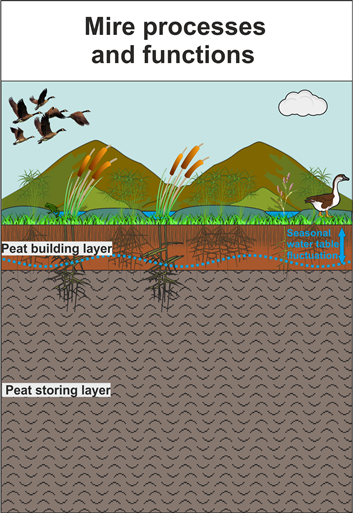
Last but not least, mires present an enormous specific biodiversity, by which key concepts for their classification should be considered globally, i.e. those dealing with formation processes, but carried out locally, those dealing with special ecological characteristics and appropriate protection measures.
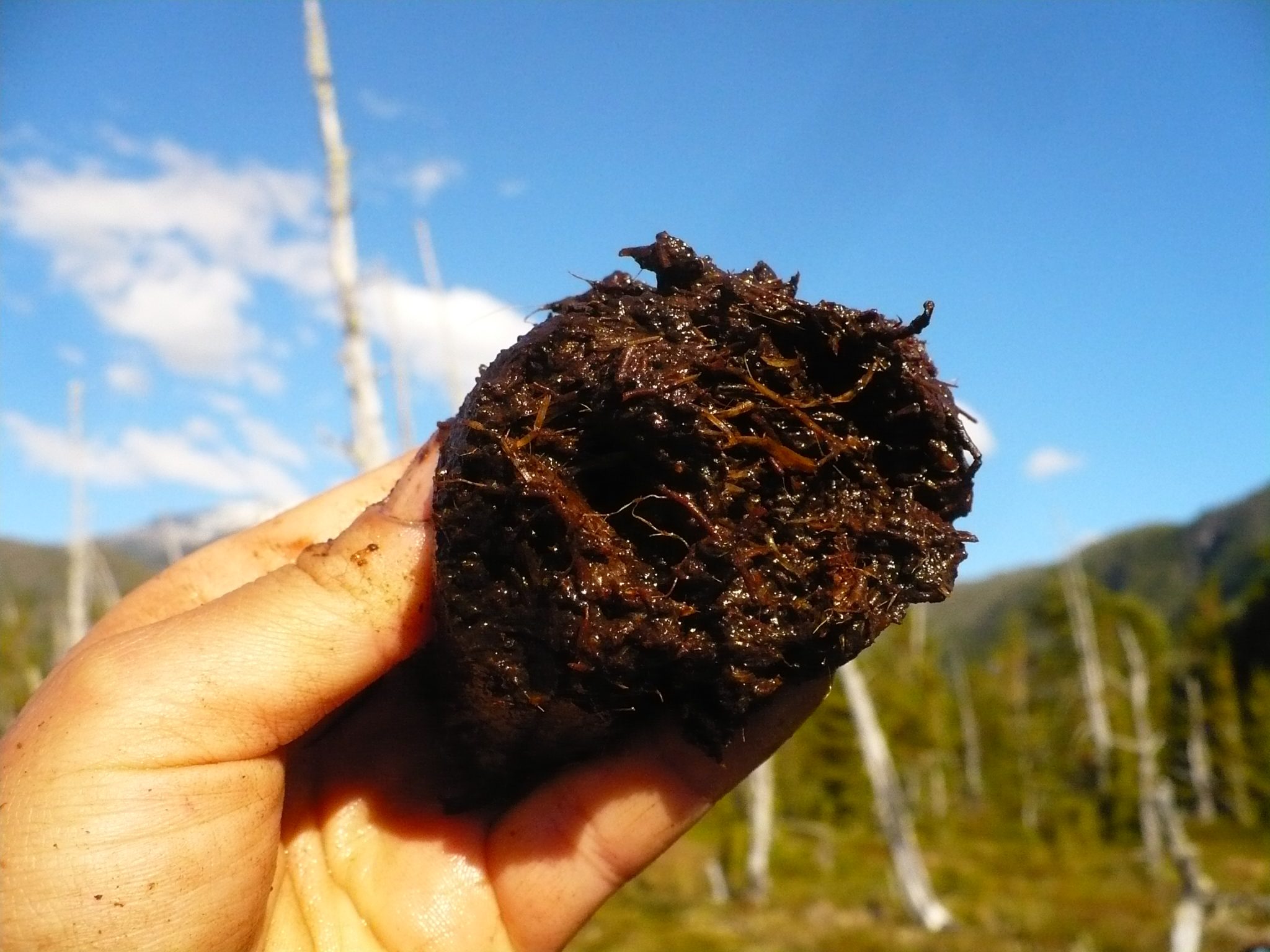
In Chile most mire ecosystems are still under pristine conditions and ecological regions like the Chilean Patagonia, where mires occupy approximately 4.600.000 ha, meaning 70% of the Chilean (CONAF et al. 1999b, actualized in 2010 and Fig. 2), remain yet almost unstudied and invisible (CONAF, 1996), facing in this way a high vulnerability in front of extractive interests of public entities (INIA-National Institut of Agricultural Research and SERNAGEOMIN-National Service for Geology and Mining) and of national and international private enterprises (Rodríguez & Gabriel, 2016).
Sources:
Blanco, D. y De la Balze, V. (Ed.) (2004): Los turbales de la Patagonia. Bases para su inventario y la conservación de su biodiversidad. Buenos Aires: Wetlands International. Available online at www.worldcat.org/oclc/163883710, checked on 5/2/2013, 35 pp.
CONAF; CONAMA; BIRF (1999a , actualized in 2010): Catastro y Evaluación de Recursos Vegetacionales Nativos de Chile. Informe Regional. Undécima Región de Aysén. Proyecto CONAF; CONAMA; BIRF. With assistance of Universidad Católica Temuco, Pontificia Universidad Católica de Chile, Universidad Austral de Chile. CONAF-Corporación Nacional Forestal; CONAMA-Comisión Nacional del Medioambiente; BIRF. Santiago de Chile, 89 pp.
CONAF; CONAMA; BIRF (1999b, actualized in 2010): Catastro y Evaluación de Recursos Vegetacionales Nativos de Chile. Informe Nacional con Variables Ambientales. Proyecto CONAF; CONAMA; BIRF. With assistance of Universidad Católica Temuco, Pontificia Universidad Católica de Chile, Universidad Austral de Chile. CONAF-Corporación Nacional Forestal; CONAMA-Comisión Nacional del Medioambiente; BIRF. Santiago de Chile, 91 pp.
IPCC-International Panel on Climate Change (2007): Zusammenfassung für politische Entscheidungsträger. Synthesebericht der Klimaänderung 2007: Wissenschaftliche Grundlagen. Beitrag der Arbeitsgruppe I zum Vierten Sachstandsbericht des Zwischenstaatlichen Ausschusses für Klimaänderung (IPCC). IPCC-International Panel on Climate Change. Valencia-España, 109 pp.
Joosten, H. and Clarke, D. (Ed.) (2002): Wise use of mires and peatlands. Background and principles including a framework for decision-making. [Finland]: International Mire Conservation Group; International Peat Society, 304 pp.
Rodriguez, A. C.; Gabriel, M. 2016: Mires exploitation and destruction in Chilean Patagonia as a consequence of insufficient environmental regulations. Bulletin N° 1610. International Mire Conservation Group-IMCG. Alemania.
Succow, M. und Jeschke, L. (Ed.) (1986): Moore in der Landschaft. Entstehung, Haushalt, Lebewelt, Verbreitung, Nutzung und Erhaltung der Moore. 1. Aufl., 1.-20. Tausend. Leipzig [u.a.]: Urania-Verlag, 268 pp.
